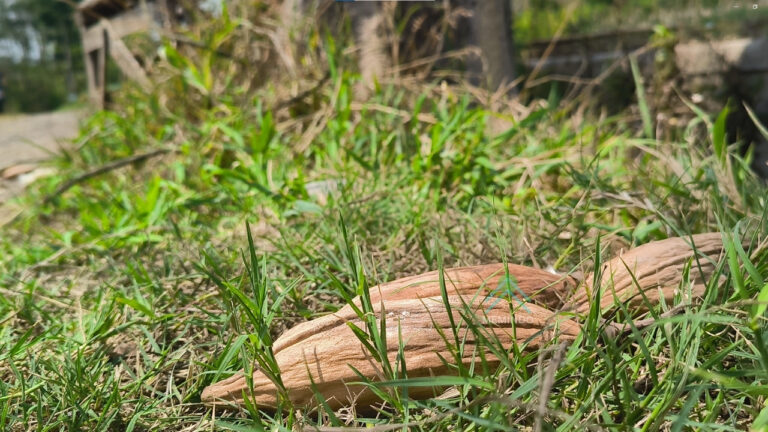Kapok Fiber And Cotton Differences As A Light Insulation Stuffing
Due to the rising awareness of how good organic material is, companies and people are starting to pay attention to kapok or cotton. While both offer similar features and some differences. Most of the dissimilarities appear in the insulation stuffing function. What is the difference between kapok fiber and cotton? Here is the information.

Kapok Is Better In Insulation
When it comes to insulation, kapok gets the win. The organic kapok has lighter and water resistance properties. Thus, it helps insulation warmth better. At some point, the current fabric industry find out kapok is better compared to cotton or down feather. It is because cotton tends to feel cooler. It is perfect for pillow stuffing, but less ideal for insulation.
Kapok Is Non-Allergen
Kapok fiber’s nonallergen aspect comes from its hydrophobic property. Many companies and manufacturers embrace those points to start using safer products. That is where cotton absorbent becomes an issue. Due to its absorbency, cotton can attract unwanted and potentially harmful substances. The most likely happen are dust mites, pests, and mold attacks on the pillow.
In general, both are good materials for stuffing. Insulation-wise, kapok will be better than cotton. However, it can come at a higher price. Not to mention how it is limited as an organic product with limited yield (kapok tree does not bloom every year). However, both are good options for pillow stuffing. They offer soft and fluffy pillows with different benefits for users.
For More Information :
Address : Jl.Ir Soekarno, No.122, Dadaprejo, Junrejo, Kota Batu 65323
Email : kapokfibersuppliers@gmail.com

